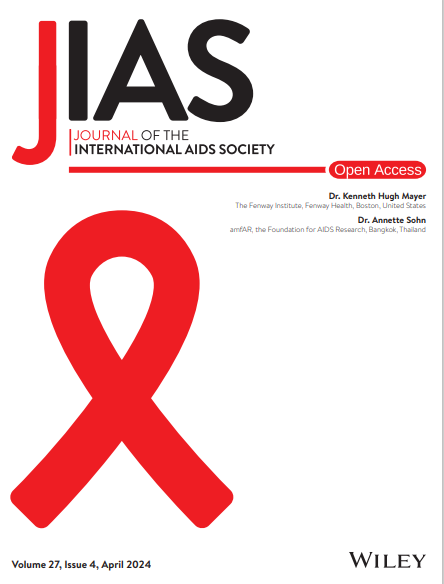Harnessing digital health data for person-centred HIV prevention monitoring: a survey of national health information systems
Abstract
Introduction
Measuring HIV prevention impact is challenging because prevention is started and stopped as needed, and individual-level data availability has been suboptimal or not collected. WHO's 2022 Consolidated guidelines on person-centred HIV strategic information aim to bridge this gap by recommending a minimum dataset for HIV prevention monitoring.
Methods
We surveyed the availability of 42 HIV prevention data elements collected on an individual from WHO's recommended minimum dataset in 21 countries’ national health information systems during a Prevention Outcome Monitoring Workshop held in September 2024 in Gaborone, Botswana. Over 150 participants representing ministries of health and programme implementers from 21 countries in Africa and Asia, as well as representatives from global organizations, attended. National HIV prevention managers completed the survey covering: registration (client demographics, use of unique identification, key population status), HIV testing, HIV prevention and vertical transmission. Data element availability determined which prevention indicators each country could calculate. Additionally, we describe global data on the use of unique identification for key populations.
Results
Of the 21 attending countries, 18 completed the survey. Fifteen countries (83%) used unique identification in their national health information systems. All 18 countries collected HIV testing data elements, while 14–18 countries (78–100%) collected those for vertical transmission. However, prevention data availability varied widely. Different data elements on pre-exposure prophylaxis (PrEP) and post-exposure prophylaxis (PEP) were collected by 13–17 (72–94%) countries, condoms by 15 (83%) and voluntary medical male circumcision by 11 (61%) countries. Data elements on harm reduction were available in 4–6 countries among 8–10 countries providing services. While all countries could calculate HIV testing indicators, around 90% could for vertical transmission, 50–94% for PrEP/PEP and 40–75% for harm reduction. Only two countries could calculate linkage to prevention, which incorporates all prevention interventions. Kenya was the only country that collected all recommended person-centred data elements. Overall, up to 37 of 105 reporting countries had a nationally harmonized personal unique identification method for key populations.
Conclusions
Data building blocks for HIV prevention exist in most national health information systems. Aligning these systems with global standards offers potential to further strengthen person-centred HIV prevention monitoring.


 求助内容:
求助内容: 应助结果提醒方式:
应助结果提醒方式:


